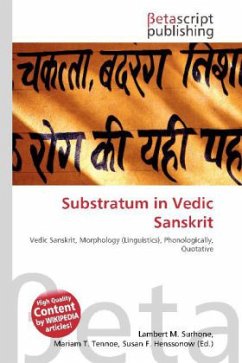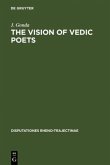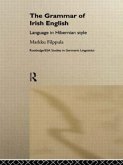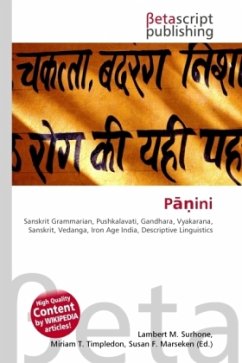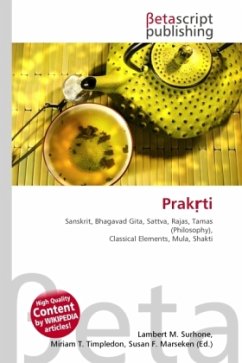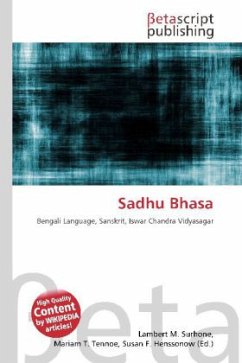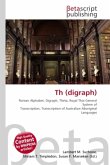Please note that the content of this book primarily consists of articles available from Wikipedia or other free sources online. Vedic Sanskrit has a number of linguistic features which are alien to other Indo-European languages but common to other language families in South Asia. Prominent examples include: phonologically, the introduction of retroflexes, which alternate with dentals; morphologically, the formation of gerunds; and syntactically, the use of a quotative marker ("iti"). Such features, as well as the presence of non-Indo-European vocabulary, are attributed to a local substratum of the languages spoken around 1000 BCE in northwestern and northern South Asia: Dravidian, Munda and proto-Burushaski, as well as another, lost, prefixing language which has been dubbed "Para-Munda". A few words in the igveda, and progressively more words in later Vedic texts, have been identified as loanwords. While they are principally from Dravidian, some forms are traceable to Munda or Proto-Burushaski, but quite a few have no sensible basis in any of these families, indicating a source in one or more lost languages, such as Para-Munda.
Bitte wählen Sie Ihr Anliegen aus.
Rechnungen
Retourenschein anfordern
Bestellstatus
Storno

